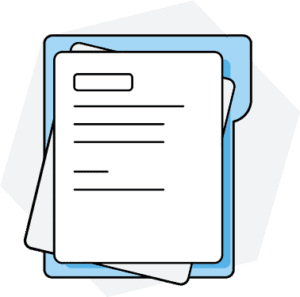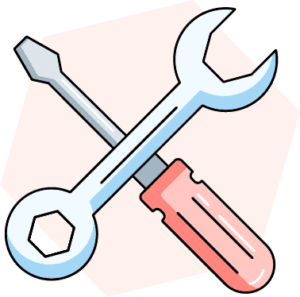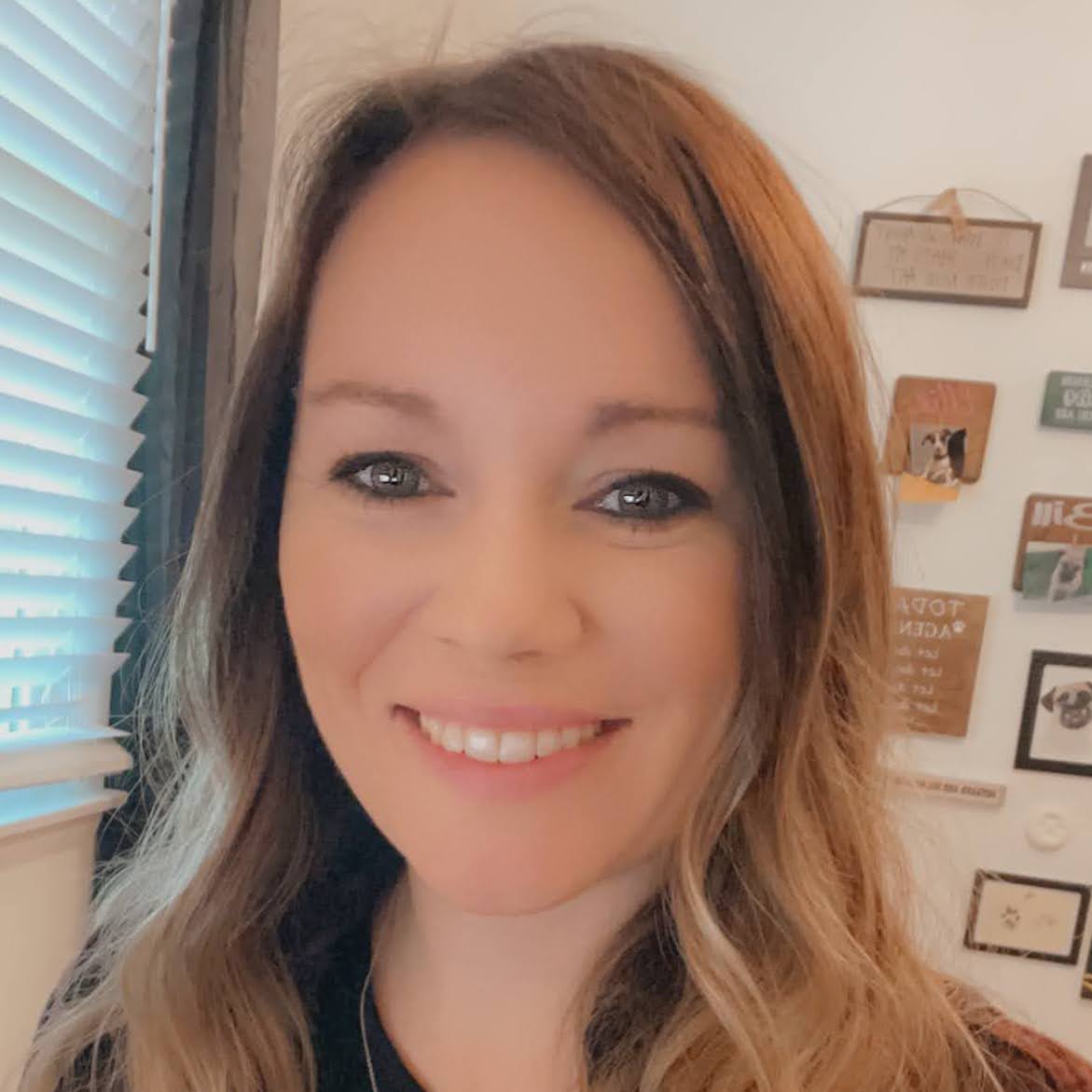Standard homeowners insurance policies typically cover sewer line damage or replacement as part of the dwelling or other structures coverage. Fire, lightning, hail, windstorms, explosions, vehicles, aircraft, falling items, and vandalism are usually covered.
Sewer line coverage is typically only provided if your sewer line has been damaged by one of those events and is on your property. If you need more coverage than your standard policy offers, endorsements are available.
Table of Contents
Understanding Sewer Lines and Your Coverage
Sewer lines are under your home or property and transfer your wastewater to the treatment plant. They preserve public health by preventing contamination of water sources and disposing of waste effectively. A broken sewer line can cause severe consequences for you as a homeowner. If not dealt with immediately, a sewer backup can lead to foul odors, property damage, and health hazards — not to mention the stress.
While specifically sewer line insurance is not usually offered, you can find coverage under your homeowners policy depending on the circumstances of your sewer line break.
What Causes Sewer Line Breaks?
Many situations can cause a sewer line break, including the following:
- Aging infrastructure: Sewer lines that are older and deteriorating are more prone to damage, cracks, and collapses, resulting in sewer line breaks.
- Tree root intrusion: Tree roots can infiltrate sewer pipes by seeking water, causing blockages, and exerting pressure, resulting in cracks or breaks.
- Ground movement: A sewer pipe made of metal corrodes over time due to chemical reactions, weakening and eventually bursting.
- Corrosion, blockages and clogs: When debris, grease, and foreign objects accumulate in sewer lines, they can cause blockages and clogs, leading to pressure buildups and potential breaks.
- Freezing and thawing: The freezing and expansion of water in sewer pipes can cause cracks or bursts when they thaw in cold climates.
- Construction: Sewer lines can be accidentally damaged or shifted during construction or excavation.
How Does Home Insurance Cover Sewer Lines?
A standard homeowners insurance policy has two sections where you may find sewer line coverage depending on the adjuster assigned to the claim.
- Dwelling Coverage: Dwelling coverage is for the structure of the home. If your claims adjuster determines that your sewer line is considered part of the home’s structure, you can be covered under dwelling coverage. However, sewer lines are generally considered to be another structure.
- Other Structures Coverage: If a sewer line damage is covered by home insurance, it will typically be under the other structures coverage. This coverage is a percentage of the dwelling amount, usually 10%. The damage has to be due to a covered event in order to be covered.
What Types of Sewer Line Issues Does Home Insurance Cover?
Your homeowners insurance will cover damage to a sewer line if it is caused by a specified covered event. These covered events vary by policy but typically include:
- Explosion
- Vandalism
- Fire
- Falling objects
- Windstorm
Damage from a sewer backup, among other common sewer line problems, are not covered. Review your specific policy for details about your sewer line insurance.
Broken Sewer Lines
It is critical that you read your policy as your sewer line insurance coverage will depend on your specific circumstances. An unexpected event, such as a fallen tree damaging a sewer line or a burst pipe caused by freezing temperatures, may cause a sewer line crack to occur suddenly and accidentally — and homeowners insurance may cover the repair.
Standard homeowners insurance policies generally do not cover sewer lines due to wear and tear or aging infrastructure. With that said, there are optional endorsements you can add to your policy that can extend the covered perils.
Sewer Line Replacement
Replacing a sewer line under homeowners insurance will work similarly to broken sewer lines. The damage has to be due to a covered event and sudden and accidental. It is also important to note that if the coverage is found under other structures, there may not be enough coverage due to other structures usually being 10% of the dwelling coverage.
For example, if you have $200,000 in dwelling coverage, you would have $20,000 for other structures. Depending on the extent of the damage, you may still find yourself paying out of pocket to cover the full replacement.
Coverage Limitations
The most common causes of sewer line damage are not covered perils. If you do not have an endorsement, you will likely be responsible for paying for sewer line replacement. Common causes of damage to a sewer line include:
- Wear and tear
- Backups from floods
- Tree root damage
All of these situations would be excluded from coverage on your homeowners insurance policy.
How to File a Claim for Sewer Lines

If you believe that the damage to your sewer line may be covered, you can submit a claim to your insurer by following these steps:
- Document the damage. Document all the damage with photos or video, and note the specific details, such as when and how it happened.
- Contact your insurance company. Call your insurance company or submit the claim online. Provide all the documentation to them and wait for an adjuster to contact you.
- Work with the adjuster. Once an adjuster is assigned to the claim, they will come to your house and assess the damage.
- Fill out the forms. You may be asked to fill out some forms. Be sure to do those right away so the process is not delayed.
- Await the decision. The adjuster will make the call on if coverage is available. Then you can move on to repair or replacement, either covered or out of pocket.
Additional Protection
Standard homeowners insurance policies do not offer much coverage for sewer lines since most damages happen by excluded events. However, you have some options if you are concerned about these events by way of adding endorsements to your policy.
Sewage Backup Endorsement
You can add an endorsement to your standard homeowners insurance policy covering damage caused by sewage backup. It is important to note that it does not cover damage to the sewer line. It is an affordable endorsement at usually $50 per year and gives up to $10,000 in coverage. Unfortunately, depending on the severity of the damage, this may not be enough.
Service Line Protection Endorsement
A service line protection endorsement is needed if you want broader coverage for sewer lines than your homeowners insurance policy provides. The endorsement will pay to repair or replace the sewer line on your property. It usually covers issues caused by wear and tear, mechanical breakdown, and other specified damages.
The sewer line protection endorsement is not offered by every insurance company. So if it is important to you, you may need to move your policy to another company.
What You Can Do to Prevent Sewer Line Issues

The best way to avoid finding out if your homeowners policy provides coverage or not is preventing issues in the first place. Review the following tips for preventing sewer line problems:
- Identify early signs of damage, blockages, or root intrusion by scheduling professional sewer line inspections every few years.
- Prevent clogs by flushing non-biodegradable items, grease, oils, and large food particles down the drain.
- By installing drain screens, you can prevent blockages by catching hair, debris, and other particles.
- Avoid root intrusion by planting trees and shrubs away from sewer lines.
- It is important to dispose of chemicals properly. Do not pour chemicals or hazardous materials down the drain, as they can cause corrosion.
- Keep your plumbing systems in good working order: Fix leaks, dripping faucets, and running toilets as soon as possible to avoid water damage and excessive pressure on your pipes.
Putting It All Together
Your standard homeowners insurance policy is not going to provide much coverage, if any, for sewer line damage. Since most sewer lines are damaged by events that are not covered, you could end up having to spend a lot of money out of pocket.
Read your policy carefully to determine which covered events apply to sewer line damage and what the exclusions are. If you are concerned, see if your insurer offers the sewer endorsements mentioned here. And, lastly, do everything you can to prevent damage from occurring in the first place.
